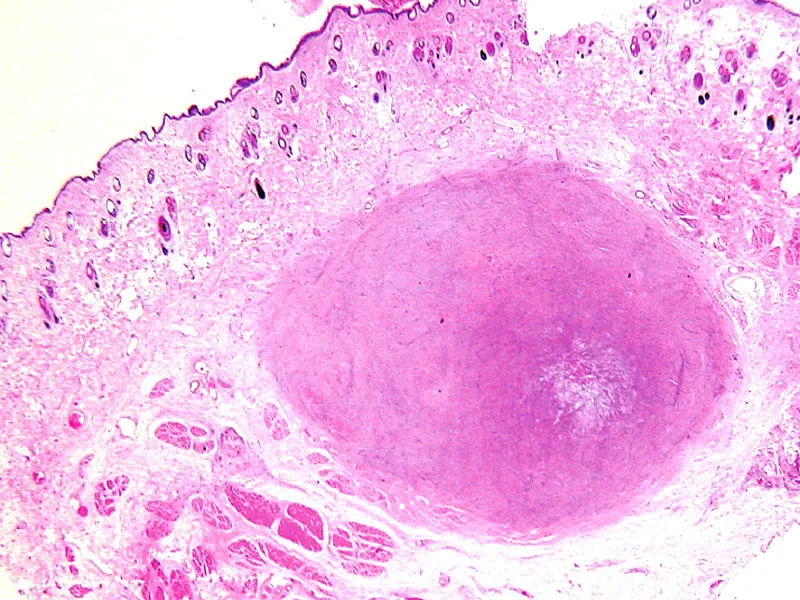Transmission and pathogenesis of vesicular stomatitis viruses
DOI:
https://doi.org/10.24070/bjvp.1983-0246.002010Keywords:
VSV, vesicular stomatitis, transmission, biting insects, pathogenesisAbstract
Vesicular Stomatitis (VS) is caused by Vesicular stomatitis viruses (VSV), negative single stranded RNA arthropod-borne members of the Family Rhabdoviridae. The VSV virion is composed of the host derived plasma membrane, the envelope, and an internal ribonucleoprotein core. The envelope contains a transmembrane glycoprotein, the G protein, which mediates viral entry and exit from the cell. The ribonucleoprotein core contains the viral genome encased within the nucleocapsid protein, the N protein. The large protein (L), the nucleocapsid (N) and the phosphoprotein (P) have key roles in viral replication. The matrix protein (M protein), located between the envelope and the nucleocapsid core, participates in viral assembly, and particle budding. The VSV serotypes involved with disease in livestock are New Jersey and Indiana 1, 2 and 3. Serotypes New Jersey and Indiana 1 occur from USA through Central America to much of South America. Serotype Indiana 3 (or Alagoas) occurs in the North, Northeast and Central Brazil. The serotype Indiana 2 (or Cocal), occurs in Southern Brazil and in Argentina. Outbreaks of VS in Brazil in recent years have resulted in severe economic losses. The clinical disease in horses, cattle, and pigs is characterized by vesicles in tongue, planum nasale, planum rostrale, coronary bands (CB) of the feet, prepuce, and teats. Subclinical disease, with seroconversion and lack of vesicle formation is common under natural conditions and can be induced experimentally depending on the site of inoculation. VSV infection typically involves cytolytic infection of mammalian host cells at specific sites of inoculation. Transmission can occur via infected insect bite but animal-to-animal contact could also be important in within-herd spread. There is some evidence to suggest that biting insects may play a role in the pathogenesis of VSV infection, although mechanisms of pathogenesis are not well understood. Viral spread seems to stop at the draining lymph nodes with no viremia. As a well-known in vitro producer of interferon, it is hypothesized that the host immune response to VSV infection may limit viral spread. A better understanding of pathogenic aspects could allow development of prevention and disease control strategies.


